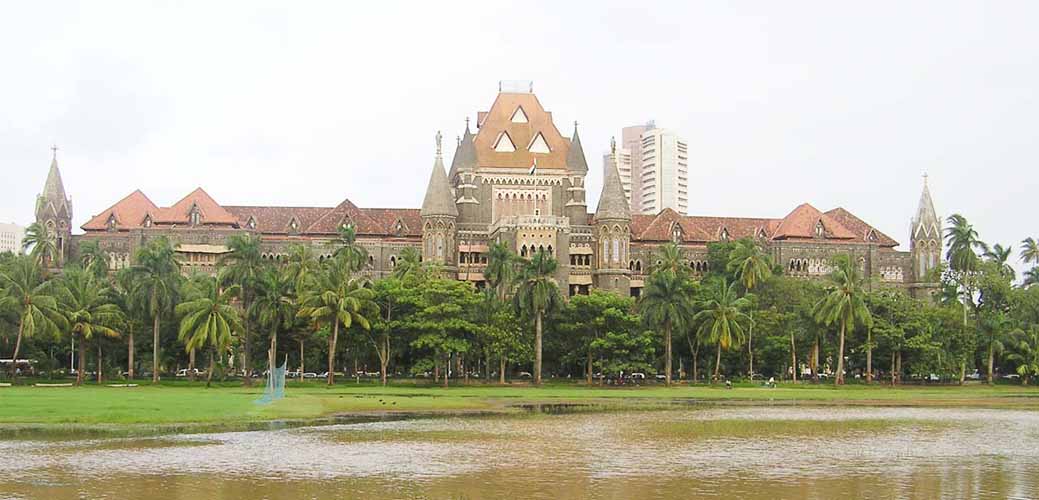In the foreign policy context, soft power and heritage have become as important a tool of diplomacy for States as hard power. It promotes inter-cultural dialogue, essential to counter the multiple challenges to the existing world order by non-State actors and Islamic fundamentalists, who espouse the theory of clash of culture and civilisation in the context of the growth of fundamentalism worldwide. For developing countries, it helps to develop sustainable tourism and the preservation of this precious heritage through their inscription on the World Heritage List of UNESCO.
India’s soft power, as disseminated through her inclusive cultural and civilisation heritage across millennia, demonstrates that her values of secularism, tolerance, inclusiveness and cross fertilisation of cultures are more important than ever before in today’s troubled world. Indian culture has emerged as the force to connect, to build relations and to heal the ruptures created by history and politics.
International recognition of world heritage is coordinated by UNESCO’s prestigious World Heritage Committee (WHC) which oversees the conservation and protection of World Heritage Sites globally. India is usually a prominent member of the Committee. India has a very large number of world heritage sites, including in Delhi. One of them, Humayun’s Tomb, has been enhanced through UNESCO designation of a dozen other tombs in its vicinity as monuments of outstanding universal heritage. At its 41st session held in Krakow, Poland, held from 2nd to 12th July 2017, the WHC conferred World Heritage status on the historic city of Ahmadabad founded by Sultan Ahmad Shah in the 15th century.
The 42nd meeting of the Committee is presently being held in Manama, Bahrain, from 24th June to 4th July 2018. In a significant development for Maharashtra and the city of Mumbai, it conferred, under criteria (ii) and (iv) of the operational guidelines of the Convention, world heritage status to the Victorian Gothic and Art Deco Ensembles of Mumbai. The criteria for selection are rigorous. To be included on the World Heritage List, sites must be of ‘outstanding universal value’ and meet at least one out of ten selection criteria. Criteria (ii) and (iv) cited here underline the need “to exhibit an important interchange of human values, over a span of time or within a cultural area of the world, on developments in architecture or technology, monumental arts, town-planning or landscape design” as well as “to be an outstanding example of a type of building, architectural or technological ensemble or landscape which illustrates a significant stage in human history.”
The inscription for the site notes: “Having become a global trading centre, the city of Mumbai implemented an ambitious urban planning project in the second half of the 19th century. It led to the construction of ensembles of public buildings bordering the Oval Maidan open space, first in the Victorian Neo-Gothic style and then, in the early 20th century, in the Art Deco idiom. The Victorian ensemble includes Indian elements suited to the climate, including balconies and verandas. The Art Deco edifices, with their cinemas and residential buildings, blend Indian design with Art Deco imagery, creating a unique style that has been described as Indo-Deco. These two ensembles bear testimony to the phases of modernisation that Mumbai has undergone in the course of the 19th and 20th centuries.”
India has 37 World Heritage Sites, with Maharashtra in the lead with five sites including Ajanta and Ellora. Mumbai’s 19th century collection of Victorian structures and 20th century Art Deco buildings include the High Court, Mumbai University, Elphinstone College and Maharashtra police headquarters. The Art Deco buildings include the Cricket Club of India, the iconic cinema halls of Eros and Regal and the first row of buildings along Marine Drive. For Mumbaikars, it was a fourteen year journey from proposing the site to its final inscription. The euphoria in Mumbai was summed up by Maharashtra’s Chief Minister Fadnavis who said: “Mumbai has always been a world city. Now, it is also an UNESCO Heritage Site. This is a huge victory for Mumbai.”
As one of the most respected members of UNESCO, India has been a strong supporter of an inter-cultural and inter-civilisational dialogue. In doing so, India has underlined the importance of international recognition and support for ancient heritage and cultures which had unfortunately been downgraded in the colonial period. As chronicled by Edward W. Said in his seminal work entitled ‘Culture and Imperialism’, the interpretation of such ancient heritage was dominated by the notion that the West needed to bring civilisation to primitive people or to destroy it where it existed. The culture of imperialism entailed venerating one’s own culture to the exclusion of other cultures, a notion completely antithetical to the Indian approach.
India is seeking international recognition of some new projects which demonstrate this connect with her great civilisational past.
International Spice Route Project
Traversed by sailors and traders of bygone times, it is one of history’s most significant and enigmatic trade routes. At the centre of this legendary route was Kerala, but other States, notably Gujarat, were also part of this Spice Route. The Spice Route resulted in a confluence of major religions, culture and civilisation in these parts of India. After the Egyptians, the Ethiopians and the Greeks, came the Romans and the Chinese searching for these exotic spices. Along or before them came the Jews, in 587 BC and 70 AD, the Christians with the landing of Apostle Thomas in AD 52, and Islam in the 7th century AD with the Arab traders, making this region a true melting pot of culture and civilisation. For this reason, the Spice Route seeks to establish Museums along the Route, to connect the tourists and the travellers to the heritage of the past along with the flavours of the present.
The Spice Route re-establishes our maritime trade relations with 31 countries associated with this ancient route, and seeks to rekindle interest among modern travellers to this ancient maritime route which was responsible for bringing travellers across the world in ancient and medieval times to India.
International Indentured Labour Route Project
In July 2006, at the meeting of the WHC in Vilnius, Lithuania, Aapravasi Ghat was inscribed on UNESCO’s World Heritage List with India’s support. It represents the most significant surviving manifestation of the indentured labour system that existed in colonial times. Established by former colonialists after the formal abolition of slavery in 1834, Aapravasi Ghat marks the point where the indentured labour, drawn mainly from Bihar and Uttar Pradesh Provinces but also from Southern Provinces of colonial India, would pass through these gates either to stay on in Mauritius to work as indentured labour in the sugar plantations or to sail on to further destinations, such as Guyana, Suriname and Reunion Island, to name a few. Thus, during this period from 1834, i.e. after the abolition of slavery to the early 20th century, more than two million indentured labour travelled on this route, also known as ‘Coolie Route’.
It represents not just the development of a new system of a contractual labour but also the conservation of the civilisational heritage, traditions and values that these people carried with them to far off destinations. This resulted, a century later, in the evolution of multicultural societies in these new countries from where most often these indentured labour never returned to their Motherland, India.
The indentured route which brought the Diaspora to Mauritius has many similarities to the Slave Route but is much less well-known in the UN system or globally. It is less well chronicled and sometimes conveniently forgotten. It is often overlooked that in many cases, the Diaspora and their journey led to the formation of modern democratic nation States. Their journey poignantly highlights the history of Mauritius and many other countries including Suriname, Guyana as well as Fiji and Reunion Islands. It is also intertwined with the history of India.
The International Indentured Labour Route Project which is being developed by Mauritius with India’s help would highlight India’s contribution to the cultural diversity of its Diaspora spread worldwide, including its oral traditions, such as the Bhojpuri language and songs which are still sung in Mauritius, Guyana, and Suriname and all over the Caribbean. A database is also being established, with the Secretariat in Mauritius, to help the descendents of the indentured re-discover their roots in Mother India. The Route will honour the memories of their great Motherland and keep alive the cultural traditions brought 150 years ago to these countries.
India’s culture and civilisation is her gift to the world. It is a composite culture spread worldwide. It reflects the evolution of her own history, the manner in which India seamlessly absorbed other cultures but never lost its own culture. Inscribed on the gate of Shantiniketan is a quotation from Gurudev Rabindranath Tagore:
“India represents the wealth of mind which is for all;
We acknowledge India’s obligation to offer to others the hospitality of her best culture;
And India’s right to accept from others their best.”
Image Source: http://mumbaitourism.co.in/bombay-high-court










Post new comment